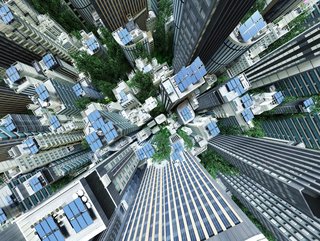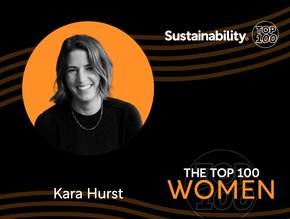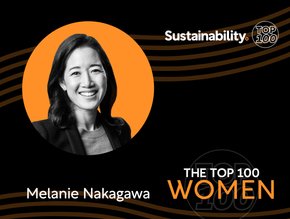Construction cleans up its act with the WGBC

The construction industry is one of the most vital tells of economic growth. In our age – one marked by housing shortages, predicated on a dogma of constraint expansion, yet tempered by climate catastrophe – it’s more essential than ever that the building industry, as well as the many ancillary sectors associated with it, become clean and sustainable. To give an idea of the enormity of the issue: the building sector is responsible for 40% of global emissions.
So, then, how does this pillar of the economy get clean and decarbonise?
One place at which to look is the work of the World Green Building Council. Founded (and still headquartered) in the US in 1993 and with 36,000 members across the world, this globe-spanning entity is a network of 70 green building councils with a stated mission: “To radically improve the sustainability of the built environment by transforming the way it is planned, designed, constructed, maintained, repurposed and operated.”
Adding a certain gist to this outlook is an articulated vision, which reads that society’s built environment should enable people and the planet to thrive by “mitigating and adapting to climate change, eliminating waste and maximising resource efficiency, embracing and restoring nature and promoting biodiversity, optimising the health and wellbeing of people, and creating long-term value for society and improving quality of life”.
A bold vision, indeed. So how do you go about doing it? Look no further than the work of Victoria Burrows, the Advancing Net Zero Director at the World Green Building Council.
Based in France, her work nevertheless echoes around the world. In-keeping with a career driven by the dual passions of building and sustainability, Burrows’ academic background does not surprise: a degree in Architecture and Environmental Design from the University of Nottingham. Up to this point in time, her career hasn’t deviated too far from this path: for a decade and a half, her professional appellation is most succinctly stated as an ‘environmental construction consultant’, and it is in this capacity that she has worked around the world. Among the more particular areas in which she has become involved is client-side advisory services, green-building rating tool consultancy work, and as an on-site sustainability head for a major international contractor.
Added on to this sterling resume is a book she co-authored with David Strong entitled, A Whole System Approach to High-Performance Green Buildings, which provides a guide to current approaches in sustainable building, replete with case studies and practical examples.
Delivering on reduced emissions
With her role at the World Green Building Council, Burrows has her work cut out for her. The Council works with the industry to deliver on the ambitions of the Paris Agreement, as well as the UN’s Global Goals for Sustainable Development. Burrows wants to see an industry that is Net Zero by 2050. One that will make sustainable construction second nature. Indeed, construction will have to halve its emissions as soon as 2030 so that warming is kept to 1.5 degrees. “No emissions, no fossil fuels,” she says. “That is a huge challenge. Net zero is part of the journey of being completely emission free.”
First things first: identify the target of decarbonisation. It’s not just buildings, it’s the entire built environment; that is, the buildings and the infrastructure holding those buildings together. She must demonstrate that addressing emissions in the built environment is a critical climate solution.
As Burrows told Bloomberg: “Through holistic approaches to reducing emissions, we can also bring significant social and economic benefits – and we really felt like we used that moment to demonstrate why it’s necessary to tackle emissions from the built environment.”
To do this, the Council must work with sundry players from across the world of construction: “The membership that the World Green Building Council represents spans right across the value chain. We engage with investors and policy makers, right across to SMEs and the supply chain that are actually building the buildings and the equipment that goes into operating thos buildings.”
In the end, Burrows hopes her organisation’s work will change “the ways that buildings are designed and built, the way they are operated and the way they’re optimised for deconstruction and disassembly.
“It’s a complete shift from how we’re used to building buildings and infrastructure systems, so we support industry along that journey,” she concludes.






